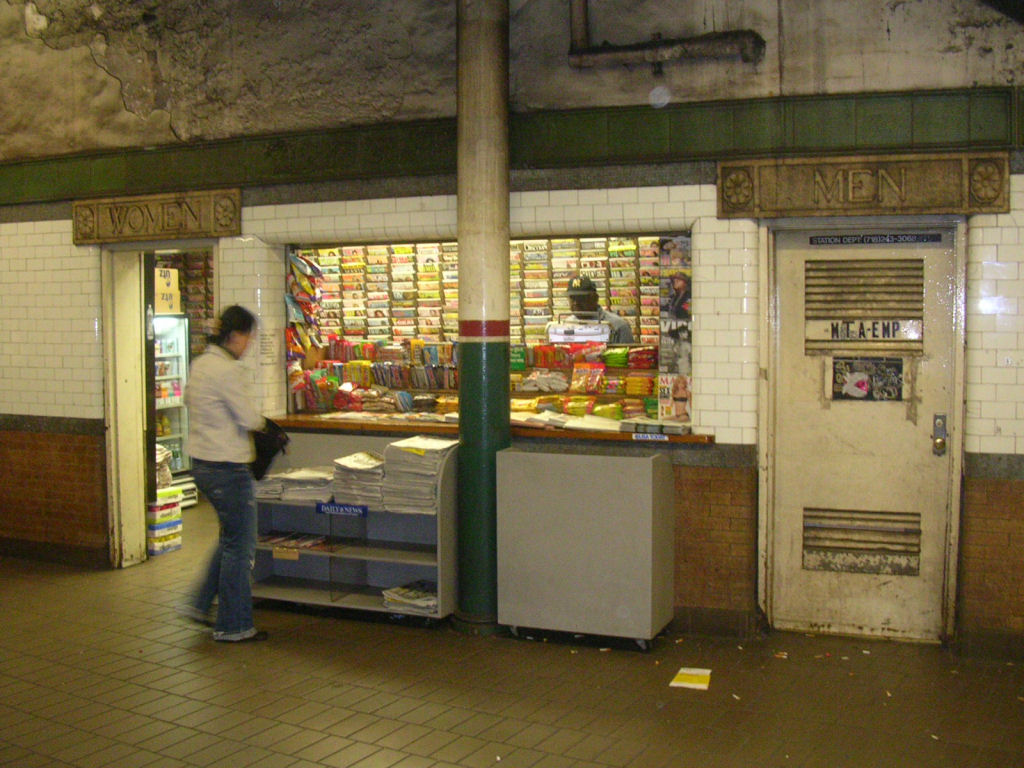
Nice bridge. Now where’s my train?
During his State of the State address yesterday, Gov. Andrew Cuomo praised a New York State transportation initiative. “It is big, it is bold, it is beautiful,” he said. “We did it in one year, instead of talking about it for ten.” He was not, of course, talking about an effort to better prepare our subway system for the next major storm or a push to realize a badly-needed transit expansion. It was, of course, about the Tappan Zee Bridge, made all the more galling because this unnecessary $3-$4 billion won’t have dedicated transit anything.
From Cuomo, this lack of attention to the New York City region’s transit needs is hardly anything new. Throughout his time as governor, he’s shown nothing more than a tepid embrace of rail-related projects and transit needs. The current silence from Albany on the vacancy atop the MTA and the lack of urgency behind finding a replacement for Joe Lhota speaks volumes.
This year, though, Cuomo had an opening and an opportunity to take a problem by the reins. The transit network is vulnerable, and a panel Cuomo assembled had, just days before his speech, issued a report calling for a bus network, system hardening and increased investment in transit. Instead, his 300-page pamphlet on the state mentions the MTA just once:
The following measures should be taken to make our transportation systems stronger in the face of future storms. With federal assistance, these measures can and will be taken by the MTA and other State agencies and authorities to harden our transportation systems against future threats:
- Flood-proof subways and bus depots with vertical roll-down doors, vent closures, inflatable bladders, and upsized fixed pumps (with back-up power sources);
- Mitigate scour on road and rail bridges with strategically placed riprap and other steps;
- Replace metal culverts with concrete on roads in flood-prone areas;
- Providing elevated or submersible pump control panels, pump feeders, and tide gates to address flooding at vulnerable airports;
- Install reverse flow tide gates to prevent flooding of docks, berths, terminal facilities, and connecting road and rail freight systems, and harden or elevate communication and electrical power infrastructure that services port facilities; and
- Upgrade aged locks and movable dams to allow for reliable management of water levels and maintain embankments to protect surrounding communities from flooding.
He did not mention financing issues, fare hikes or the debt bomb. He did not mention congestion control, environmental concerns or rail or bus expansion. He also didn’t even discuss a way to pay for any of the few upgrades he has proposed. Instead, he promised to avoid any tax increases and will instead go, hat in hand, to the federal government for a hand-out while building up the upstate road network.
For as much as Cuomo wants to push upstate development, the truth remains that New York State’s economy is powered by New York City, and New York City’s economy, as we have seen in the Sandy aftermath and as we knew beforehand, is powered by a robust transit network and infrastructure investments. Yes, it’s going to cost money to protect and maintain our subway system as new 21st Century challenges emerge, but if Cuomo wants to convince us of his grand progressive vision for New York State, then he has to be willing to tackle those challenges head on.
Just because transit was absent from the State of the State doesn’t mean nothing will happen. Cuomo still has the opportunity to appoint a strong and forceful transit advocate to head the MTA, and he has the power to push through financing measures. We can’t afford inaction, and we can’t afford to ignore the problems and recommendations. Waiting until next year, next time, will be too late, and the state executive has to lead.














 (42nd Street Shuttle)
(42nd Street Shuttle)